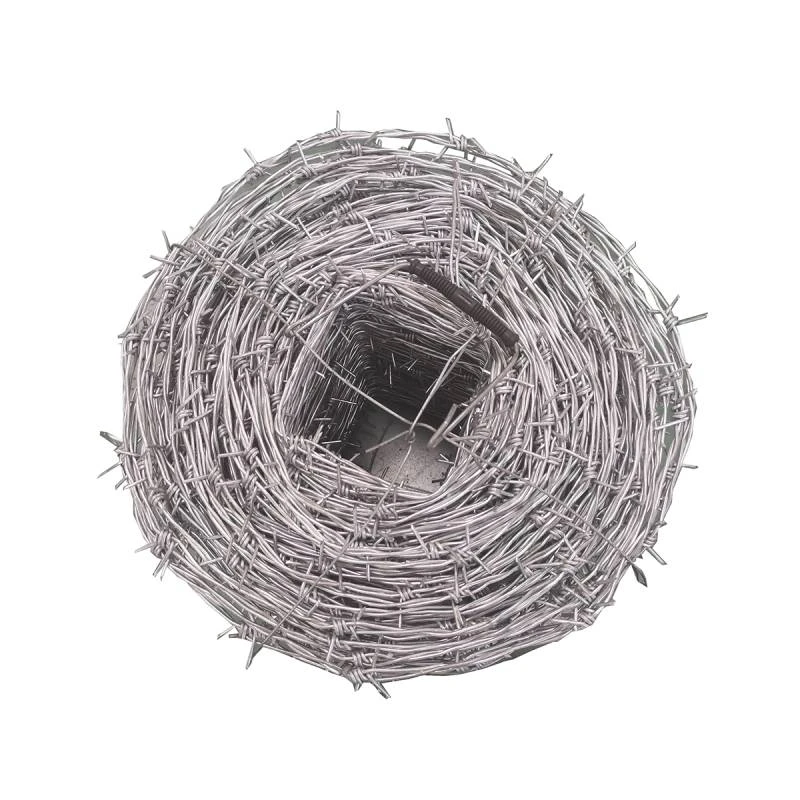Exploring the Significance and Uses of Barbed Wire in Modern Society
Dec . 17, 2024 03:24
The Significance of Barbed Wire in History and Society
Barbed wire, a seemingly unassuming invention, has profoundly influenced the fabric of human society since its inception. Initially created in the late 19th century, it has served not only as a practical fencing solution but also as a powerful symbol of division, conflict, and, at times, protection.
The origins of barbed wire can be traced back to the need for an effective means to contain livestock on ranches, especially in the vast expanses of the American West. Before its invention, farmers relied on wooden fences, which were not only expensive but also time-consuming to build and maintain. In 1873, Joseph Farwell Glidden patented his version of barbed wire, revolutionizing agriculture and ranching. His design, featuring sharp barbs at regular intervals along the wire, provided an effective barrier against both livestock and intruders. This innovation allowed farmers to enclose their lands more efficiently, transforming the cattle industry and facilitating the westward expansion of the United States.
As barbed wire spread across the plains, it became more than just a tool for marking boundaries; it emerged as a symbol of ownership and control over land. The introduction of barbed wire changed the dynamics of land use, often leading to conflicts among settlers, Native Americans, and ranchers. The physical barriers represented by barbed wire were emblematic of deeper social and political divides. Tensions escalated as cattle drives, which relied on open range, clashed with the new imposition of fenced land. This conflict culminated in legal battles and even violent confrontations, illustrating how a simple invention could shape societal relationships.
barbed wire

The utility of barbed wire extended beyond agriculture into the realm of warfare and geopolitics. During World War I and II, barbed wire became synonymous with the horrors of trench warfare, serving as the first line of defense against opposing forces. Soldiers faced the grim reality of entanglement in the very material that was meant to protect them, underscoring the brutal nature of modern combat. The wire not only physically separated warring factions but also symbolized the ideological barriers that nations erected during conflicts. The sight of barbed wire fences often evoked feelings of despair and futility, encapsulating the suffering endured by countless soldiers and civilians caught in the crossfire.
In contemporary society, barbed wire continues to play a significant role, particularly in the context of security and immigration. It is frequently used to mark and secure borders, reflecting the increased tensions surrounding national sovereignty and immigration policy. Barriers adorned with barbed wire often serve as stark reminders of the divisions that exist in our globalized world. They encapsulate the fears, anxieties, and unresolved issues surrounding migration, often portraying those seeking refuge as threats rather than individuals in need of compassion and support.
Moreover, barbed wire has entered cultural discourse as a symbol of confinement and oppression. In prisons and detention centers, its presence starkly illustrates the harsh realities of human rights violations. Artists and activists have utilized the imagery of barbed wire to highlight struggles against tyranny and promote messages of freedom and hope. Through literature, film, and visual art, the wire becomes a metaphor for the barriers we build emotionally and socially, urging society to reconsider its approach to conflict and understanding.
In conclusion, barbed wire is much more than a simple fencing tool; it is a profound artifact that encapsulates complex realities of ownership, conflict, and security. From its role in transforming the American landscape to its function in modern geopolitical borders, barbed wire reflects both humanity's ingenuity and its darker tendencies. As we navigate our increasingly divided world, it is crucial to recognize the implications of such symbols and work towards creating spaces that foster connection rather than division. The story of barbed wire is ultimately a call to reflect on how we define and design our boundaries, both physically and metaphorically.




















